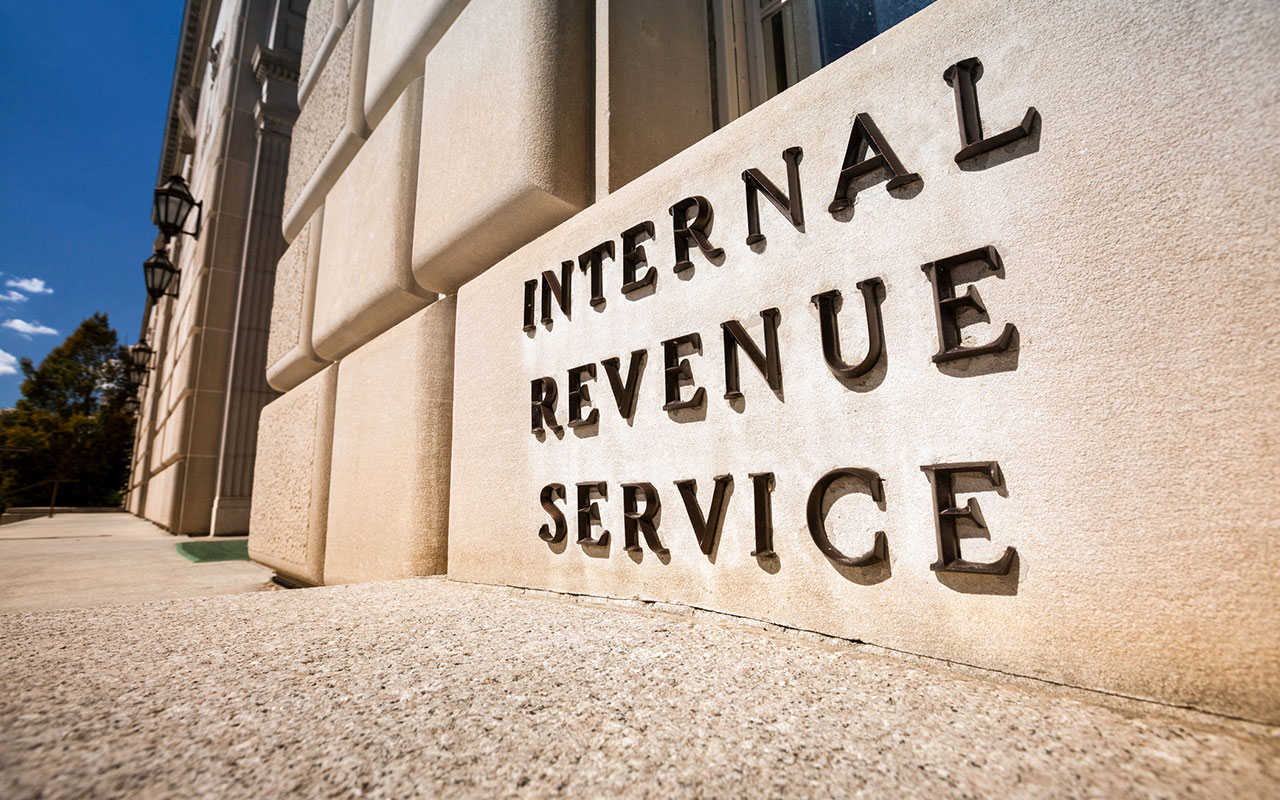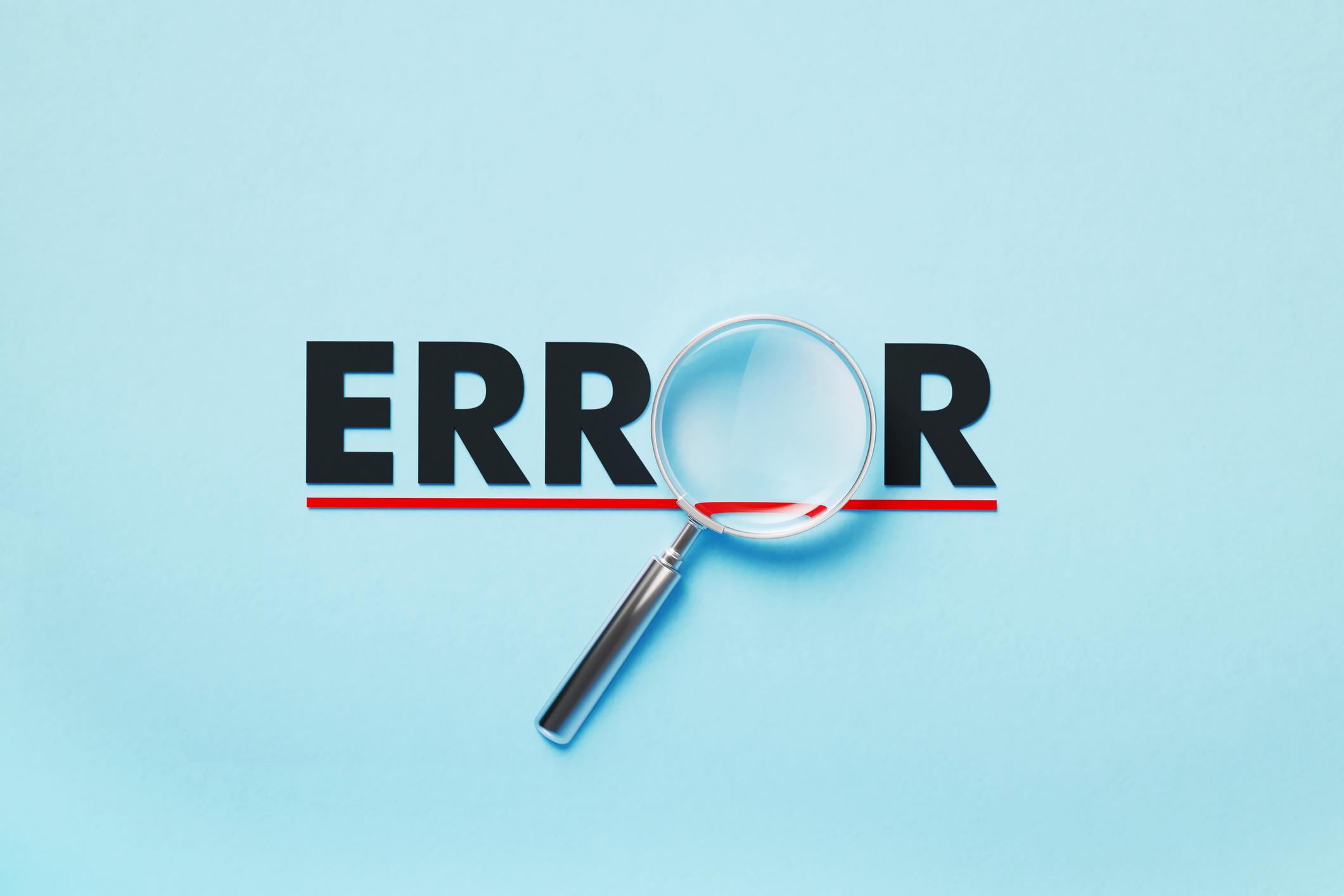Reporting Charitable IRA Distributions on Tax Returns Can Be Confusing
Taxpayers need to be careful when reporting charitable gifts from their IRA on their tax returns, or they may end up overpaying Uncle Sam.

Question: I transferred part of my required minimum distribution directly from my IRA to charity, which should be a tax-free charitable distribution and not included in my adjusted gross income. The problem is that my broker reported the entire RMD on my Form 1099-R as a taxable distribution. Should I get my broker to amend the 1099-R to specify how much of the total distribution was a tax-free charitable transfer so the discrepancy doesn’t raise red flags with the IRS? And how will my tax preparer know that part of the distribution shouldn’t be taxable?
Answer: Even though your broker made the tax-free transfer from your IRA to charity (called a qualified charitable distribution or QCD), your 1099-R form is going to report the total amount of the distribution. “The QCD is invisible in the 1099-R,” says Ed Slott, CPA, an IRA expert and publisher of IRAhelp.com. “The forms are not coded for a QCD, and it looks the same as a distribution. It’s up to you to tell your tax preparer that part of the distribution was a QCD.”
Slott says brokers don’t specify which portion is a QCD because, even though they made the transfer, they usually don’t want to be responsible for determining whether or not the charity was an eligible 501(c)(3) organization.

Sign up for Kiplinger’s Free E-Newsletters
Profit and prosper with the best of expert advice on investing, taxes, retirement, personal finance and more - straight to your e-mail.
Profit and prosper with the best of expert advice - straight to your e-mail.
You’ll report the total distribution on line 4a of your Form 1040 when you file your income tax return, then write the taxable amount on line 4b and write “QCD” to explain why part of the distribution isn’t taxable. (If your total distribution was a QCD, you’d write $0 on line 4b and QCD next to it.)
“Filers who aren’t on their toes may make a mistake here and overpay their taxes by failing to reduce the taxable amount of IRA withdrawals by the amount of the charitable gift,” says Mari Adam, a certified financial planner in Boca Raton, Fla., who works with many clients who give their RMDs to charity. It’s important to keep the records of the charitable transfer in case the IRS does ask about the difference. Keep the record from your broker showing that the money was transferred to the charity. And keep the acknowledgment from the charity of the gift, as you would with any other donation.
It’s essential that you tell your tax preparer (or plug into your tax software) the amount of your IRA distribution that was a tax-free QCD. Otherwise, there is no way of knowing that any part of the distribution is tax-free just by looking at your 1099. “The taxpayer needs to be very vigilant,” says Adam.
A QCD permits people age 70½ and older to transfer up to $100,000 directly from their IRA to charity each year tax-free; this money counts toward their required minimum distribution but isn’t included in their adjusted gross income. For more information about qualified charitable distributions, see The Rules for Making a Tax-Free Donation From an IRA. To learn more about how to report the QCD on your tax return, see How to Report an IRA Charitable Distribution on Your Tax Return.
Get Kiplinger Today newsletter — free
Profit and prosper with the best of Kiplinger's advice on investing, taxes, retirement, personal finance and much more. Delivered daily. Enter your email in the box and click Sign Me Up.

As the "Ask Kim" columnist for Kiplinger's Personal Finance, Lankford receives hundreds of personal finance questions from readers every month. She is the author of Rescue Your Financial Life (McGraw-Hill, 2003), The Insurance Maze: How You Can Save Money on Insurance -- and Still Get the Coverage You Need (Kaplan, 2006), Kiplinger's Ask Kim for Money Smart Solutions (Kaplan, 2007) and The Kiplinger/BBB Personal Finance Guide for Military Families. She is frequently featured as a financial expert on television and radio, including NBC's Today Show, CNN, CNBC and National Public Radio.
-
 Financial Security vs Financial Freedom: What's the Difference?
Financial Security vs Financial Freedom: What's the Difference?Having the ability to pivot without worrying about financial support is where financial security becomes financial freedom.
By Justin Donald Published
-
 Retired and Worried About a Recession? Six Ways to Prepare
Retired and Worried About a Recession? Six Ways to PrepareRetirees can plan for a near-term recession with a range of strategies, from small investment changes to significant lifestyle hacks.
By Maurie Backman Published
-
 Taxpayer Revolt? Why More People Are Avoiding Filing Taxes This Year
Taxpayer Revolt? Why More People Are Avoiding Filing Taxes This YearTax Season It may be tempting to skip filing due to the overwhelmed IRS, but doing so could have financial and legal consequences.
By Kelley R. Taylor Last updated
-
 U.S. Treasury to Eliminate Paper Checks: What It Means for Tax Refunds, Social Security
U.S. Treasury to Eliminate Paper Checks: What It Means for Tax Refunds, Social SecurityTreasury President Trump signed an executive order forcing the federal government to phase out paper check disbursements by the fall.
By Gabriella Cruz-Martínez Published
-
 IRS Layoffs Spark Delays, Doubt This Tax Season
IRS Layoffs Spark Delays, Doubt This Tax SeasonTax Season Tax experts say Trump’s downsizing of the IRS is already causing problems.
By Gabriella Cruz-Martínez Last updated
-
 DOGE Gains More Grip on IRS Amid Leadership Reshuffle
DOGE Gains More Grip on IRS Amid Leadership ReshuffleIRS The IRS acting chief counsel was recently removed from his role, adding to the chaos at the federal tax agency. Here’s what it means for you.
By Gabriella Cruz-Martínez Published
-
 Trump’s Latest Pitch: No Taxes If You Earn Less Than $150K?
Trump’s Latest Pitch: No Taxes If You Earn Less Than $150K?Taxes The Trump administration reportedly wants to eliminate taxes for certain earners.
By Gabriella Cruz-Martínez Last updated
-
 Don’t Make These Five Mistakes on Your Tax Return
Don’t Make These Five Mistakes on Your Tax ReturnTax Filing The IRS warns taxpayers to watch out for these common errors as they prepare to file.
By Gabriella Cruz-Martínez Published
-
 Five Scary Things the IRS Can Do If You Owe Back Taxes
Five Scary Things the IRS Can Do If You Owe Back TaxesTax Law Traveling in 2025? The IRS can take your passport (and house) if you don’t pay your tax bill.
By Kate Schubel Published
-
 Early Tax Refund Options Could Trap Your Cash
Early Tax Refund Options Could Trap Your CashTax Refunds Don’t be fooled into thinking you’re not getting a loan — because you really are.
By Kate Schubel Published